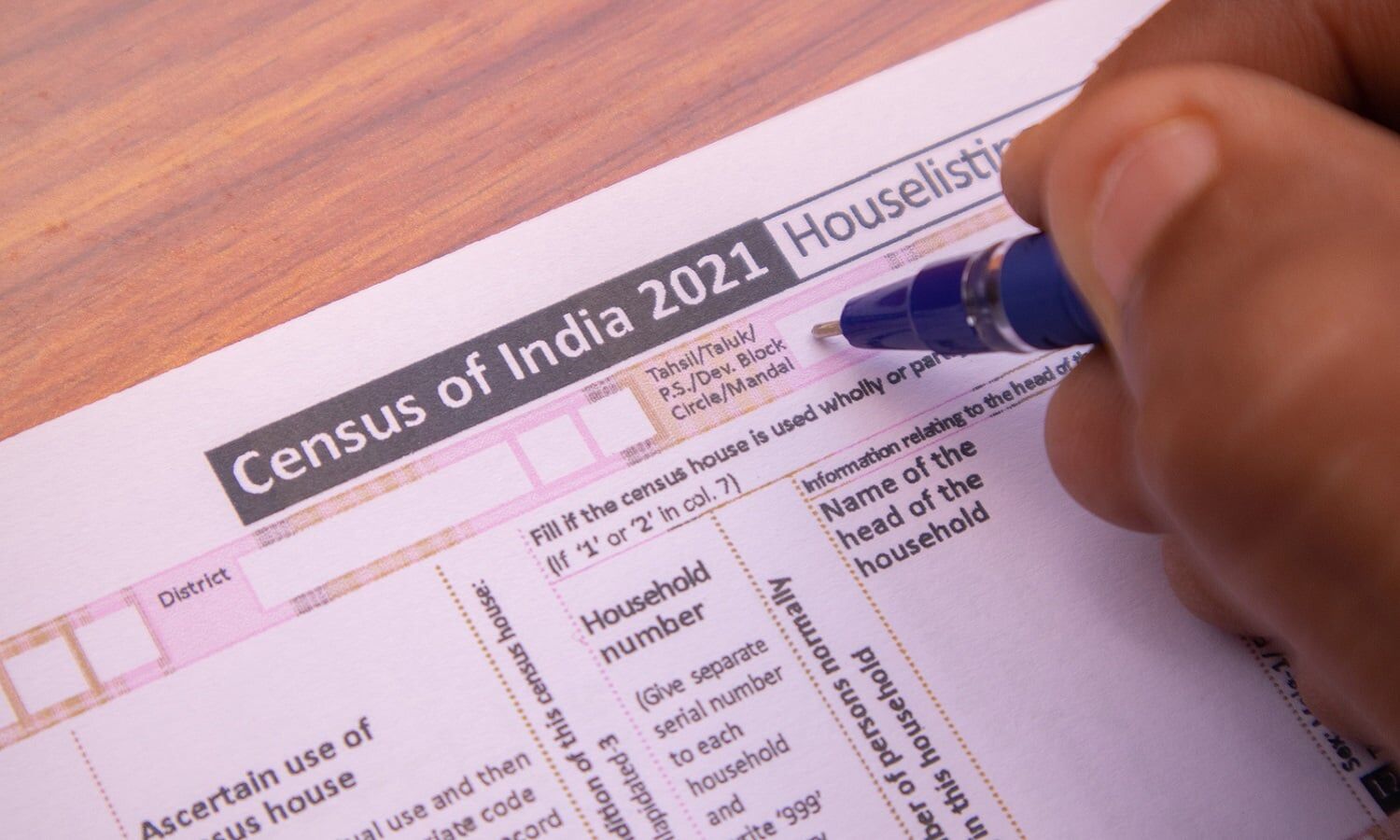New data released Tuesday from the latest census shows that Australia’s millennial generation is becoming the nation’s largest, displacing the postwar baby boomers.
Both demographic groups comprise 5.4 million people, but the 2021 statistics reflect a diminishing number of “boomers” compared with the 2016 survey.
Defined as the generation of people born between 1946 and 1964, the number of baby boomers fell from 25.4% to 21.5% of the overall population. Between 1981 and 1996, millennials increased from 20.4% to 21.5%.
In 1966, baby boomers made up nearly 40% of all Australians.
The national population as of 2021 grew by about 2 million people to 25.4 million since the last census.
The census occurred in August 2021, during the height of Covid-19 restrictions and lockdowns.
The statistician David Gruen said the latest data revealed key insights about the nation. “Every stat tells a story, and today we are sharing a glimpse into the stories of almost 25.5 million Australians,” he said.
“The census was conducted at an unprecedented time in Australia’s history and provided a unique snapshot of the population during the Covid-19 pandemic, which differs from previous censuses.”
Due to the impacts of the pandemic, 2 million more people were at home on census night in 2021 compared to 2016. Of those who completed the census, 96% did so at their address.
Covid also led to an 80% decrease in overseas visitors, with 61,860 in 2021 compared with more than 315,000 in 2016.

More than a million new migrants have arrived in Australia since 2017, according to the census, but about 80% of them came before the pandemic.
Covid’s impact also contributed to a change in how people completed their census, with 79% of respondents doing so online.
The national snapshot also revealed more than one in two Australian residents were born overseas or had a parent born overseas.
Since the last census, almost 1m new private dwellings were added, with more than 11m counted across the country. Of those, 70% were separate homes, 16% were apartments, and 13% were townhouses, while the proportion of apartments continues to increase.
Christianity remains the nation’s most prevalent religion, with 43.9% of people identifying with the denomination. But the figure has fallen from more than 60% a decade earlier. Almost 40% of respondents classified themselves as “not religious”, compared with 22.3% in 2011.
The 2021 census included new questions about the Australian defense force, which served more than half a million people.
Indigenous Australians
A growing number of Australians identified as Indigenous, including an increasing number of older people. Eight hundred twelve thousand seven hundred twenty-eight people identify as Aboriginal or Torres Strait Islanders in Australia, representing 3.2% of the population.
The figures reflect an increase of more than 25% since census data was last collected in 2016.
Nearly 48,000 are 65 years and older, which more than doubles the results of the 2011 census.
For the first time, the statistics also report on the number of Indigenous Australians who have served in the defense force. More than 3,000 serving members identify as having an Indigenous origin, totaling 3.7%. Eleven thousand former ADF members identify as having Aboriginal or Torres Strait Islander origin.
Traditional languages remain an important part of many Indigenous households. More than 78,000 people speak an Aboriginal or Torres Strait Islander language at home.
Of the 167 traditional languages spoken at home in 2021, the most widely reported were Arnhem Land and Daly River region languages, Torres Strait Island languages, Western Desert languages, Yolngu Matha and Arandic.
Gruen said that the census results would help governments and local organizations plan for health, education, and services for Aboriginal and Torres Strait Islander communities into the future.
Further analysis of census data relating to Indigenous Australians was undertaken.
Of the Indigenous population, 91.4% identified as Aboriginal, 4.2% identified as Torres Strait Islanders, and 4.4% identified as both origins.
Health and wellbeing
Some 8 million people reported having a long-term health condition, and 2 million suffered from mental health problems, arthritis, or asthma.
Women are more likely to report having a long-term health condition, with 34% suffering at least one, compared with 30% of men. Mental illness is one of the most commonly reported conditions across both genders, while females naturally said arthritis and men reported asthma.
Almost 63% of people over 65 reported at least one long-term health condition, compared with 22% of those aged 15 to 34.
More than 2.2 million Australians suffer long-term mental health issues, more than 2.1 million live with arthritis, and just over 2 million live with asthma. Over half of the census respondents born in Greece and Italy reported having one or more conditions. Australians under 14 were the most likely to have asthma.
Gruen said the data provide the first comprehensive snapshot of Australia’s long-term health conditions.
“This is critical data to inform planning and service delivery decisions about how treatment and care are provided,” he said.
“Census data will help provide a more detailed picture of Australians’ health [and] complements existing ABS health surveys by providing additional insights about the communities that require services to support complex health needs.”
More than 4.8 million people said they suffered one of the ten long-term conditions listed in the census, 1.5 million reported living with two, and 750,000 have three. An additional 1 million people had at least one other long-term condition outside the Top 10.
The ABS will release more detailed health and welfare data on Tuesday.
In Australia, support is available at Beyond Blue on 1300 22 4636, Lifeline at 13 11 14, and MensLine at 1300 789 978











